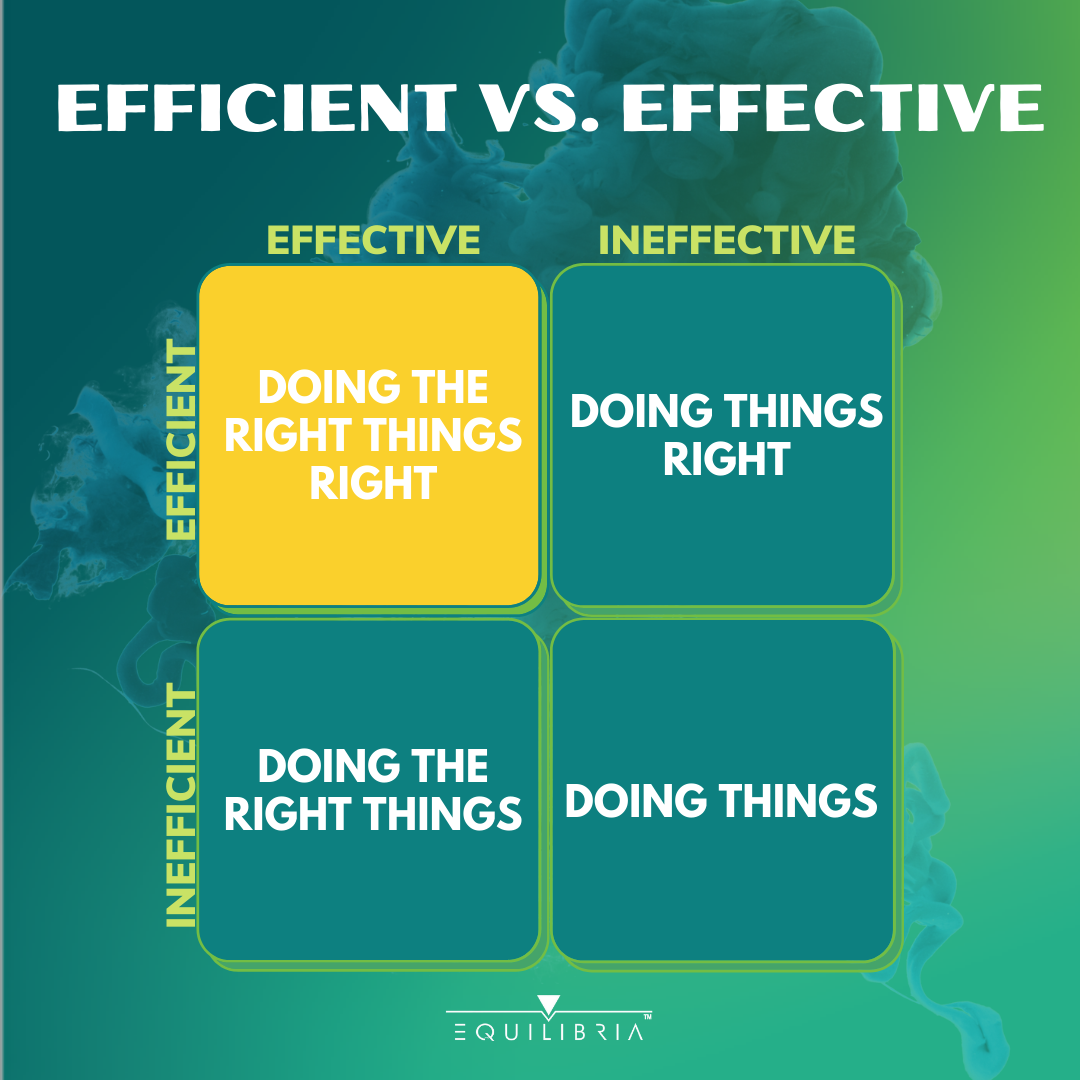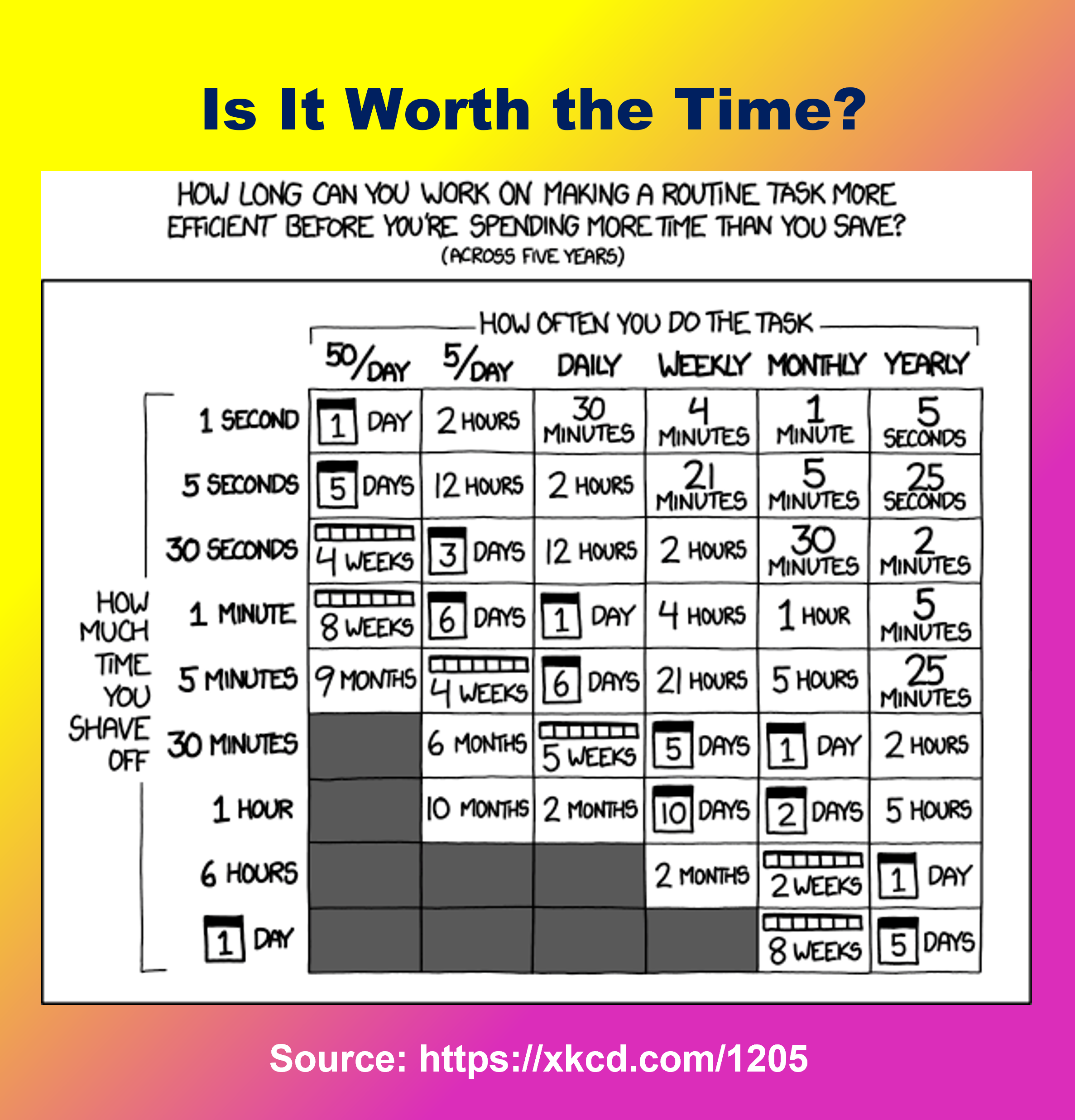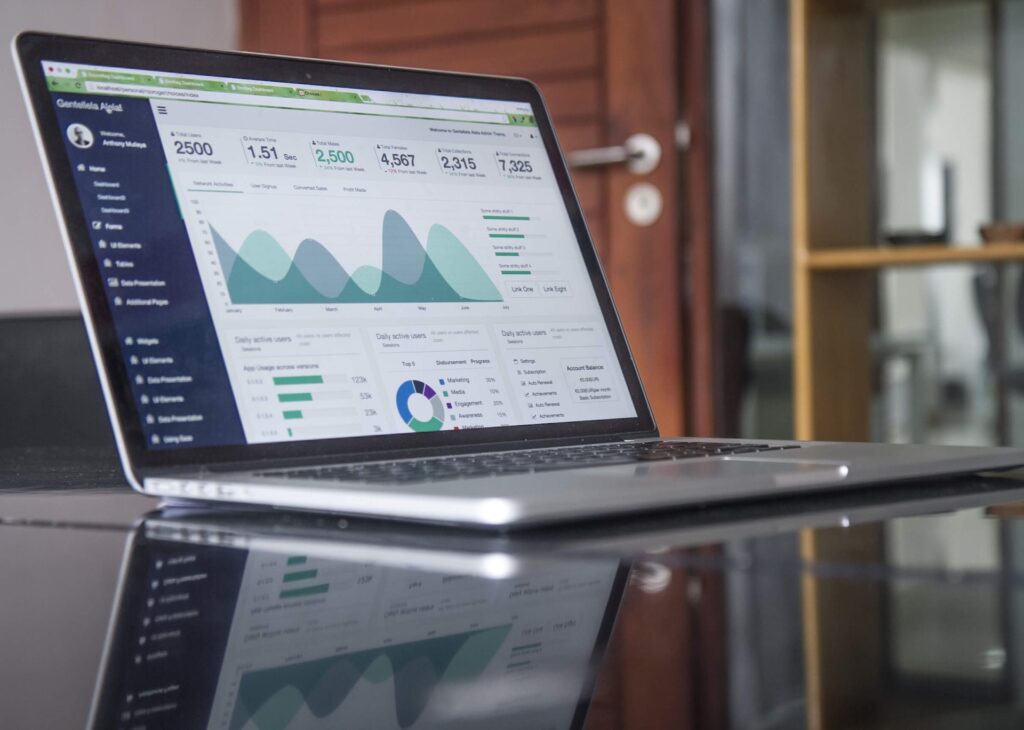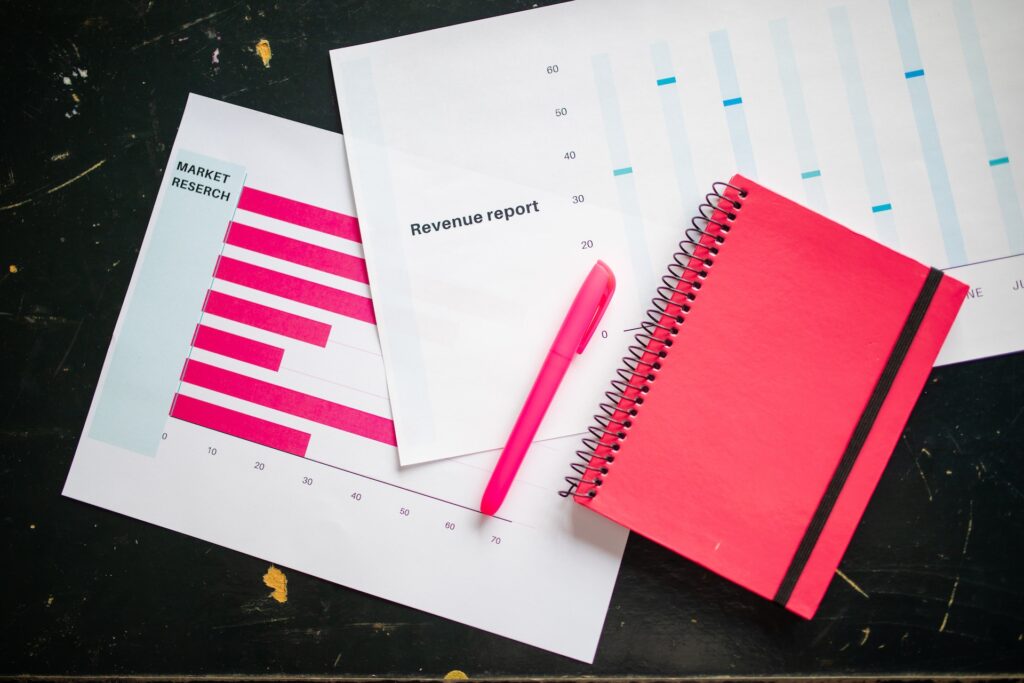Hitting the bullseye of your organization’s target is no small feat.
While there are many external factors that can derail your efforts, there are some internal factors you do have control over.
One of those internal factors is how you operate – are you focusing on the right activities and aligning the way you perform them to achieve your target/goals?
Once you know what your time is worth, we’ll analyze those revenue-generating activities you defined and determine if you’re performing them efficiently and effectively.
rating and non-value-added activities.
The Difference Between Efficiency and Effectiveness
In its simplest definition, efficiency is doing things the right way.
Effectiveness is doing the right things.
And yes, both can be measured. But before we get to that…
Which category best describes your daily operations?

Efficient, Effective: doing the right things the right way. You’re performing the right revenue-generating activities using proven best practices that maximize output. You’ve hit the bullseye!
Efficient, Ineffective: doing the wrong things the right way. You’re performing work using best practices, but it doesn’t yield results that accomplish the goals. You’re throwing paper planes instead of darts at the target.
Inefficient, Effective: doing the right things, but the wrong way. You’re performing work that aligns to organizational goals, but your technique needs improvement. You’re throwing darts but missing the target.
Inefficient, Ineffective: doing the wrong things, the wrong way. You’re doing busywork that adds no value. You’re throwing darts blindfolded and willy-nilly, never hitting the board let alone the target.
How to Calculate Efficiency and Effectiveness
Key Performance Indicators (KPIs) or metrics are great ways to measure effectiveness. By monitoring whether certain metrics increase over time (i.e., revenue, % closed business) or decrease over time (i.e., safety violations, % defective product), you are in a keen position to determine proximity to or distance from achieving your organizational goals.
Efficiency measures quality. When you’re operating efficiently, you get out more than you put in.

If you want to measure the efficiency of one of your processes, you can divide the value of the output (your product or service) by the cost of the inputs (i.e., labor, utilities, materials).
If the cost of inputs to make your product or provide your service is $1,000 and you were able to sell that product or service for $5,000, then your process is operating at 500% efficiency.
However, if you spent $5,000 for a product or service you could only sell for $1,000, then your efficiency reduces significantly to only 20%. A breakeven point (100% efficiency) occurs when the value of work output equals work input.
But beware, there are limits to efficiency.
From What’s Your Time Worth to Is It Worth the Time?
When I interviewed Tim Bornholdt on the Business Infrastructure podcast, he shared this chart with me.

It’s a sobering reminder that it’s possible to reach a point of diminishing returns in your quest to operate more efficiently. If you happen to reach this point in one of your processes, then it might be an indicator it’s time to move on to evaluating another process.
Final Thoughts
Once you’ve committed to focusing on revenue-generating activities, make your time performing them count!
________________
This article originally appeared in Issue 3 of the Smooth Operator newsletter on LinkedIn, by Alicia Butler Pierre.











